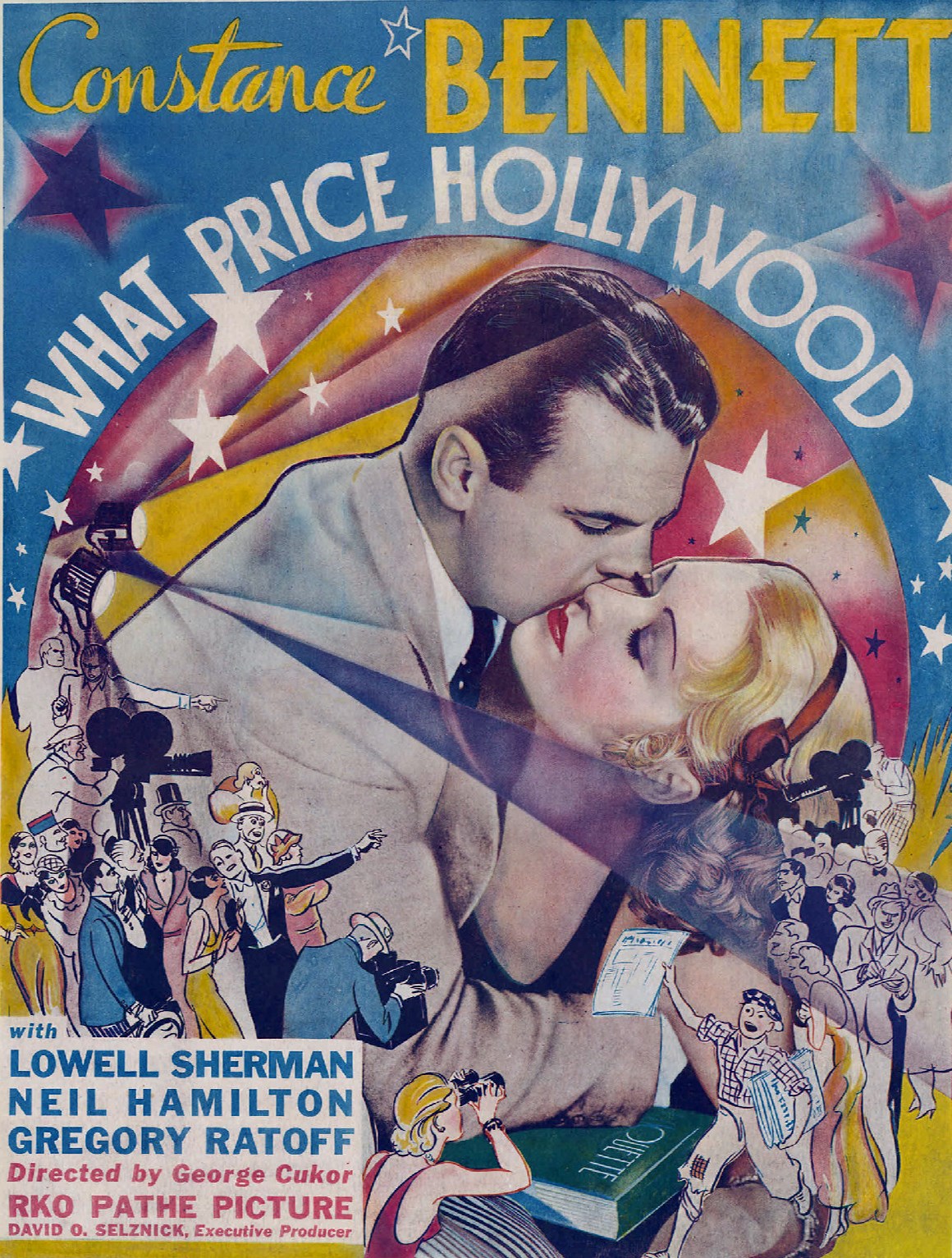 |
| Vincent Price and Ethel Barrymore in Moss Rose |
Cast: Peggy Cummins, Victor Mature, Ethel Barrymore, Vincent Price, Margo Woode, George Zucco, Patricia Medina, Rhys Williams. Screenplay: Niven Busch, Jules Furthman, Tom Reed, based on a novel by Joseph Shearing. Cinematography: Joseph MacDonald. Art direction: Richard Day, Mark-Lee Kirk. Film editing: James B. Clark. Music: David Buttolph.
Ethel was my favorite Barrymore, not so given to posing and scene-hogging as her brothers John and Lionel, and she's by far the best thing about Moss Rose. It's a somewhat rickety whodunit set in Victorian London, in which a pretty chorus girl blackmails a wealthy man, but not for money. Instead, she wants to fulfill her dream of living like a fine lady. Peggy Cummins plays Belle Adair (née Rose Lynton), who sees Michael Drego (Victor Mature) coming out of the room of her friend Daisy Arrow (Margo Woode), a fellow lady of the chorus who lives in the same lodging house. When Belle enters Daisy's room, she finds her dead. But during the official inquiry, led by Police Inspector Clinner (a nice, silky performance by Vincent Price), Belle doesn't let on about seeing Drego. Instead, she seeks him out and presents him with her audacious (if improbable) demand: If he'll let her pretend to be a lady and be received in his home -- he lives in the family estate with his mother, Lady Margaret Drego (Barrymore) -- she'll keep mum about seeing him at the crime scene. The plan is complicated by the announcement of the impending marriage of Drego to the socially prominent Audrey Ashton (Patricia Medina). But somehow Drego is persuaded to go through with Belle's scheme, and he takes her home to meet his mother and, as it turns out, his fiancée. Belle drops her stage name and is introduced as Rose. Meanwhile, Clinner is still on the job of trying to find out who killed Daisy. It's a promising setup, but it's undone by questionable casting, slack direction, and confused writing. The beefy Mature is scarcely credible as an English gentleman, though his lack of an accent and his rough edges are explained by his being taken from his home as child and raised in Canada. Cummins, who was Irish, struggles with the cockney accent of Belle and the "proper" one of Rose, especially when she has to switch between the two. Gregory Ratoff, who was best known as a comic character actor, never distinguished himself as a director, despite numerous attempts. His best outing as director was the 1939 Intermezzo, which marked Ingrid Bergman's American debut and was produced by David O. Selznick, who loved directing his directors. The script for Moss Rose is marred by abrupt leaps and inconsistencies in point of view. It begins with Rose on a train, introducing the story in voiceover, and then flashes back to the events above, with her occasionally narrating what happened between scenes. But having established Rose's as the film's point of view, it sometimes breaks away to see things she couldn't have witnessed, like the scene in which Clinner questions Lady Margaret about moss roses -- a rose in a bible was left at the scene of Daisy's murder. Establishing Rose as the point of view also takes away some of the logic of the character and undermines the film's suspense: After all, if Drego is a murderer, and one so little concerned about being caught that he leaves obvious clues at the crime scene, shouldn't she be more worried about putting herself in harm's way by seeking him out and meeting him in secret?
